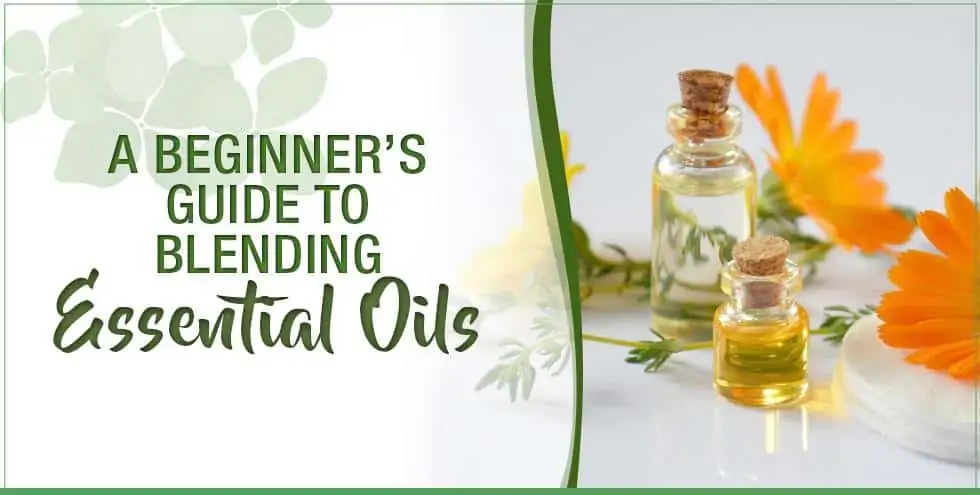If you’re intimidated by the idea of creating essential oil blends, you’re not the only one. Most people who have just begun to dive into the world of aromatherapy are eager to begin creating their own signature blends. However, without a basic understanding of how fragrances interact with each other, many people can feel apprehensive about mixing different oils together.
The truth is that making an essential oil blend doesn’t have to be intimidating at all. For one thing, this is an area in which you should feel free to experiment and explore. To an extent, our sense of smell is subjective, meaning that there’s no incorrect way to combine different essential oil aromas.
Whether you want to create your own oil blend to wear as a perfume or to benefit your health in some way, we’re here to help. Today, we’re going to provide you with everything that you need to know so that you can start blending your oils in no time.
[amazon box=”B00SA5UWW8″]
Complementary Essential Oils
As we’ve stated earlier, our sense of smell is fairly subjective. You may find that the combination of rose and lemon essential oils are intoxicating while others find it far too sweet. Still, there are some essential oils that always work well together because they share similar characteristics when it comes to their aromas.
Generally speaking, oils that belong to the same aroma category work very well together. For example, you really can’t go wrong by combining a variety of oils that are derived from citrus fruits. Below, you’ll see which essential oils belong to which categories. By blending oils that belong to one category, you can’t go wrong.
Warm and Spicy:
Ginger, Cardamom, Cinnamon, Clove, Nutmeg, Fennel Seed, Patchouli

Floral:
Rose, Geranium, Lavender, Ylang Ylang, Jasmine, Tuberose
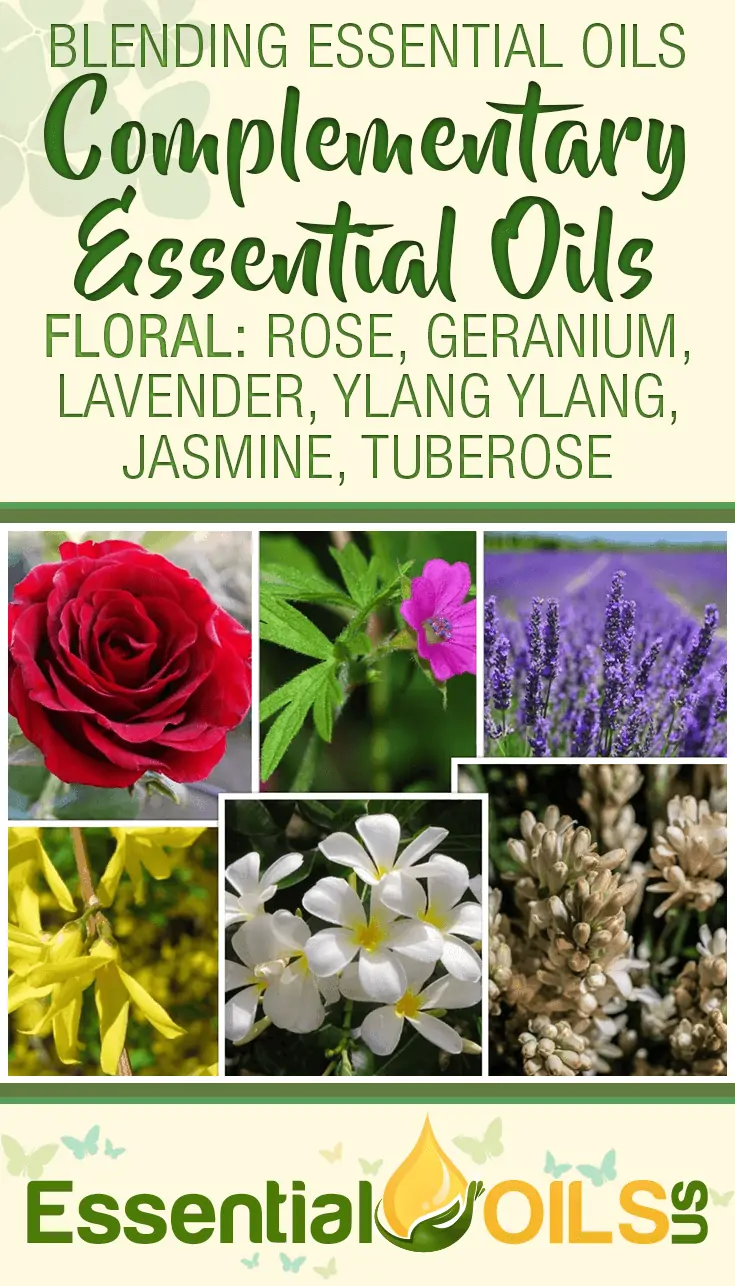
Herbaceous:
Rosemary, Basil, Thyme, Clary Sage, Peppermint, Tea Tree, Eucalyptus, Oregano, Marjoram
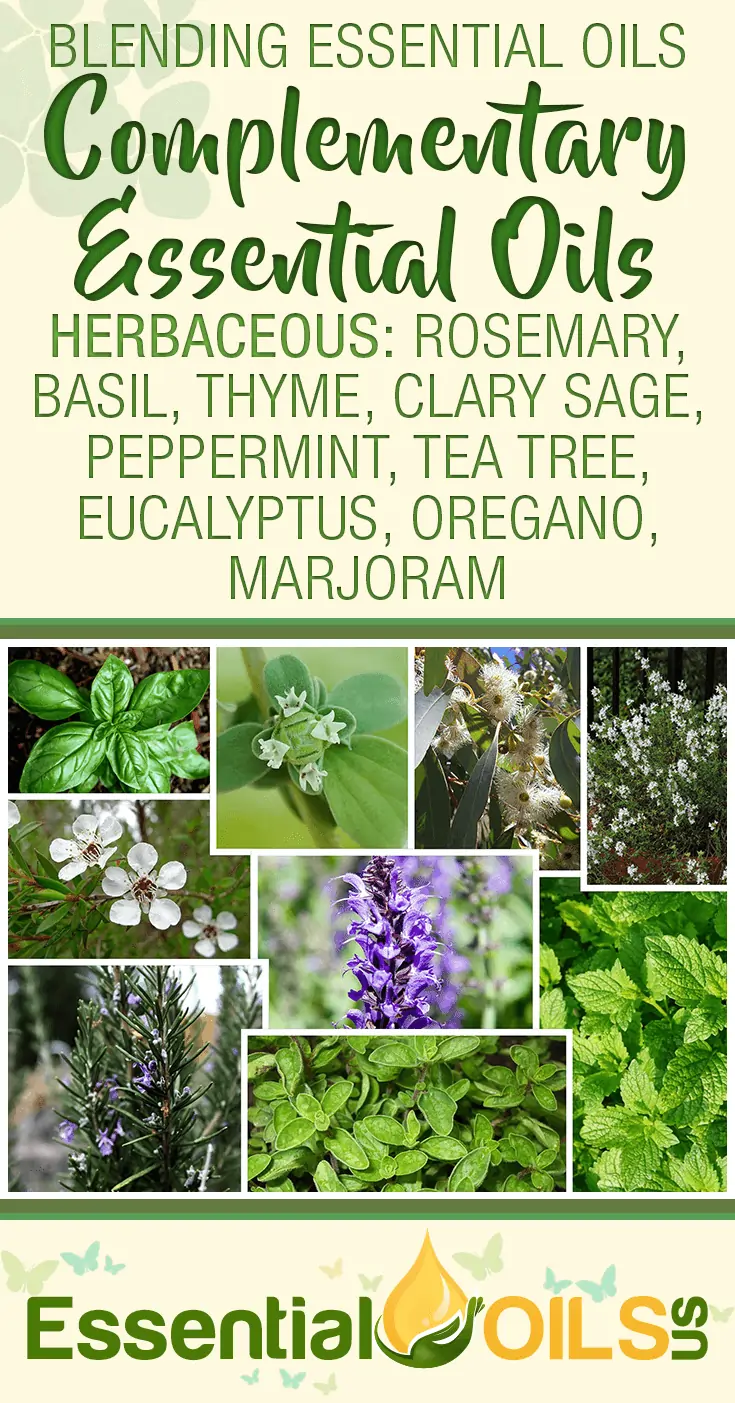
Woodsy:
Cedarwood, Agarwood, Sandalwood, Frankincense, Fir, Juniper
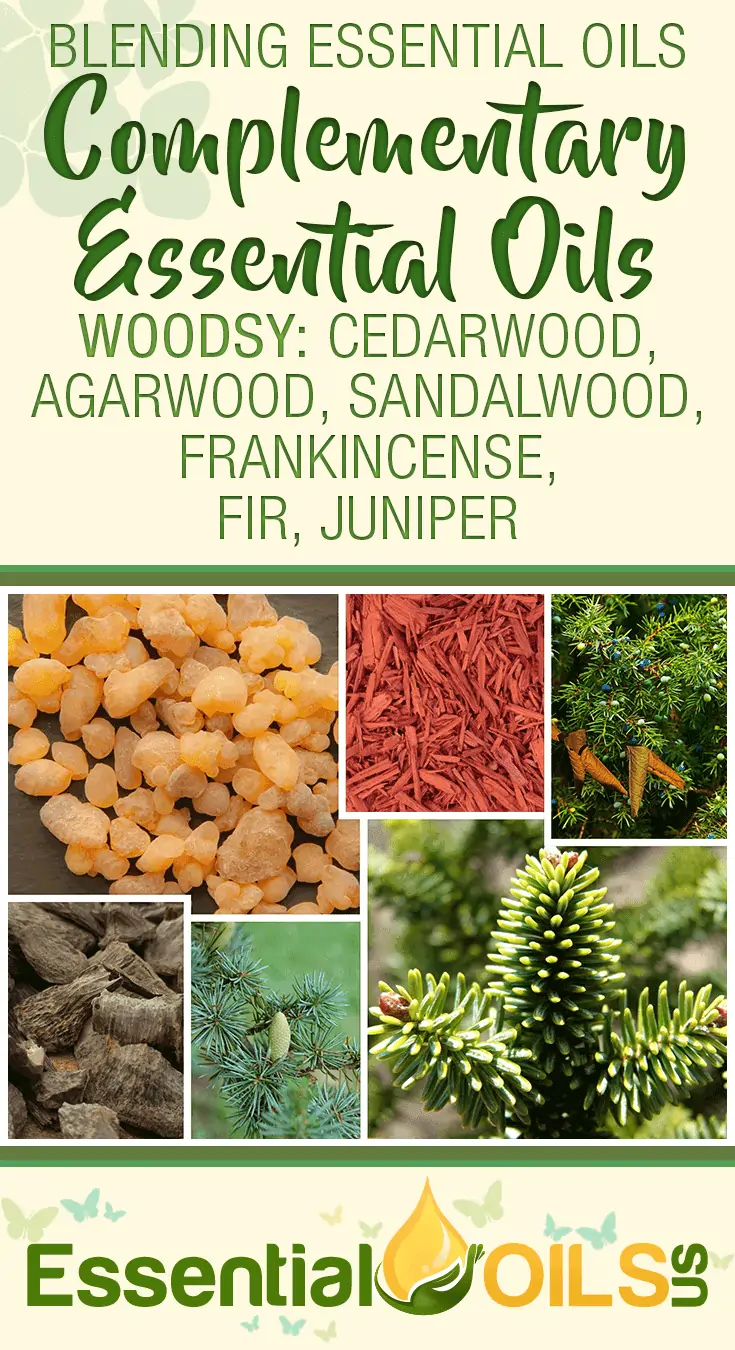
Citrusy:
Lemon, Lemongrass, Grapefruit, Orange, Tangerine, Bergamot
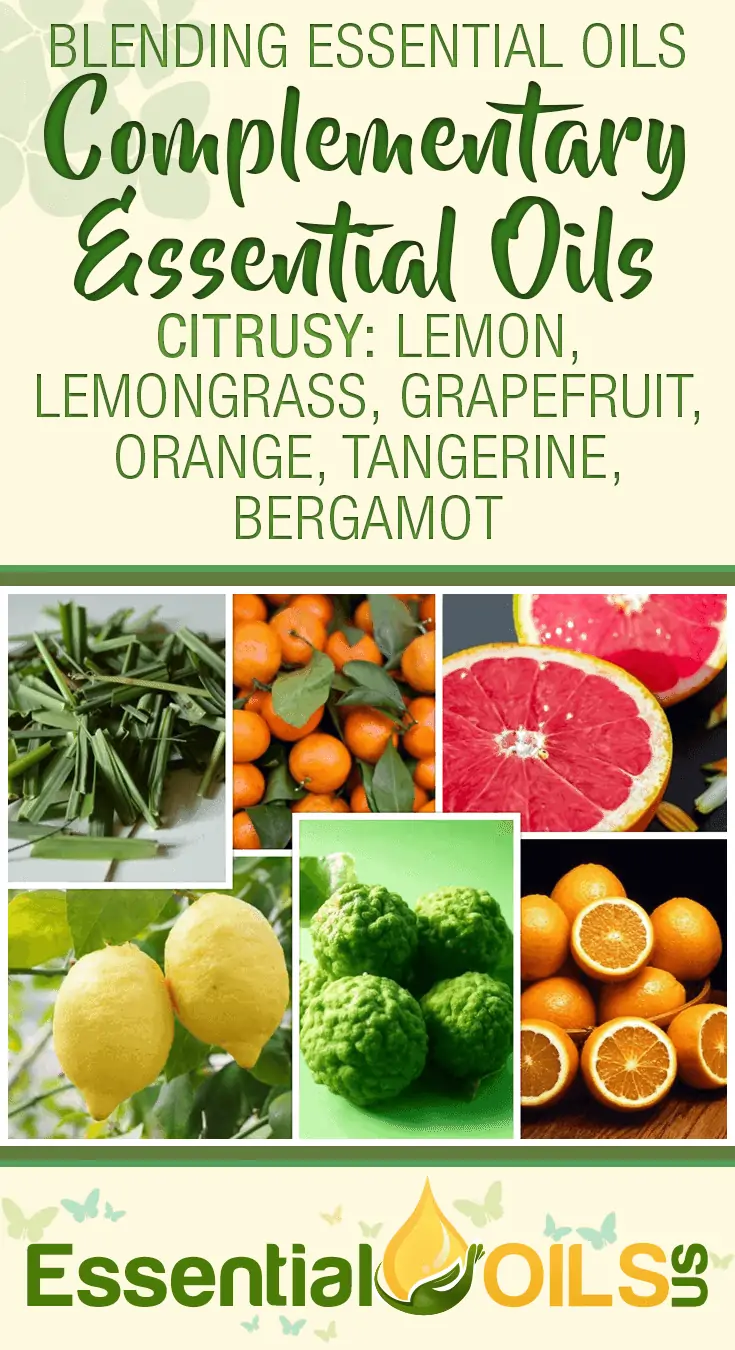
You can also blend together oils using the rules of scent notes. Every high-end perfume contains fragrances that act as top notes, middle notes and base notes. This results in a balanced aroma that will last for several hours. The top notes evaporate at the quickest rate, followed by the middle notes and then the base notes. Top notes are often lighter and sweeter while base notes are earthier and warmer.
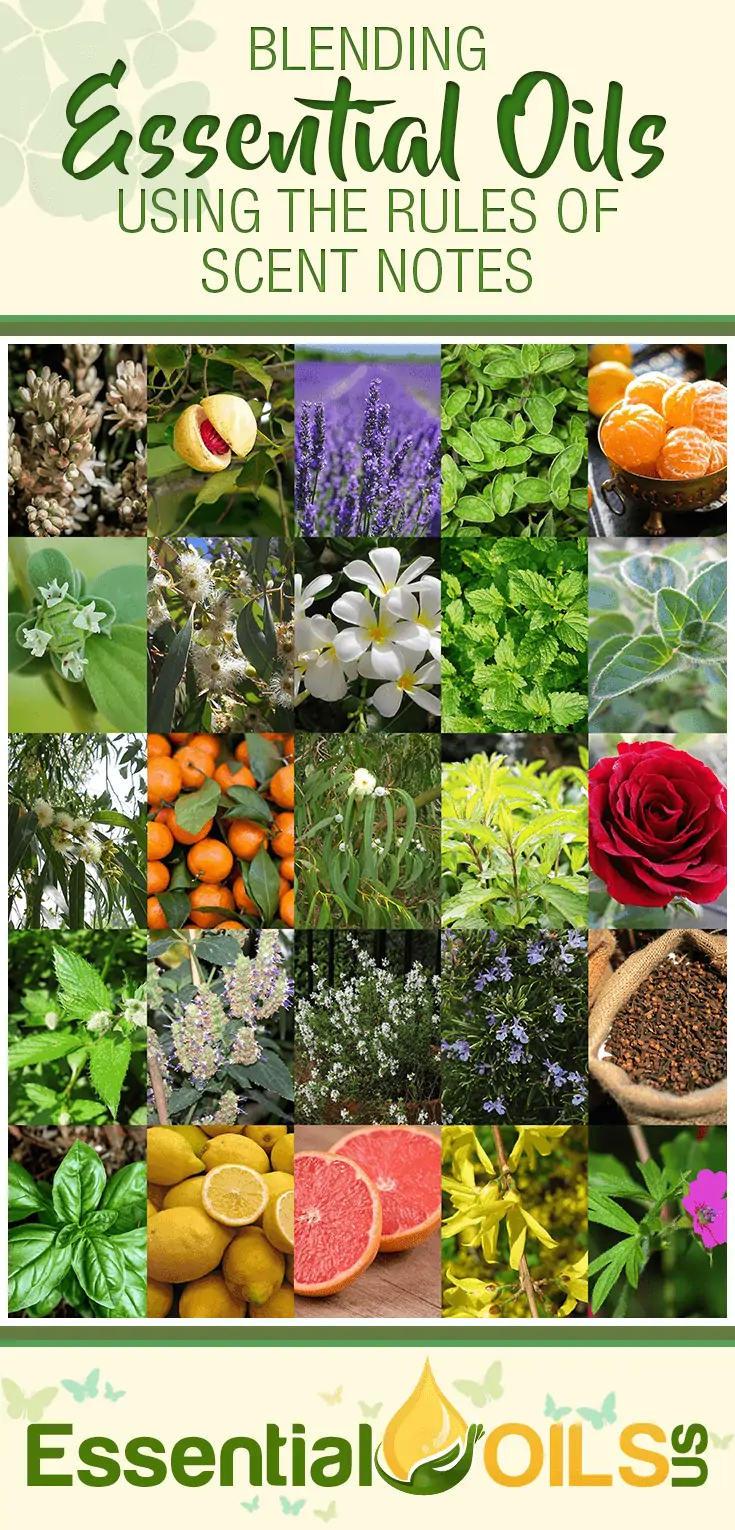
Top Notes: eucalyptus, clary sage, basil, lemon, cinnamon, bergamot, orange, peppermint
Middle Notes: geranium, nutmeg, juniper, lavender, cardamom, chamomile, rosemary, fennel, marjoram
Base Notes: ginger, patchouli, rose, frankincense, sandalwood, cedarwood, agarwood, clove, ylang ylang, ginger, vanilla, jasmine, myrrh
By selecting one or two oils from each of these categories, you’ll be blending like a true perfumer.
[amazon box=”B01MZIGS73″]
Essential Oil Blends for Health Benefits
If you want to blend essential oils in order to treat an ailment, some basic knowledge about the various benefits of different essential oils is all that you need. Many essential oils share the same healing properties. For instance, almost all essential oils have insect-repelling abilities as well as antibacterial and anti-inflammatory properties.
If you want to create a special oil blend for healing purposes, the guide below will help. These are just a few different blends that can help address specific issues.
Stress-Reducing:
Lavender, Clary Sage, Rosemary, Cedarwood, Frankincense, Lemon
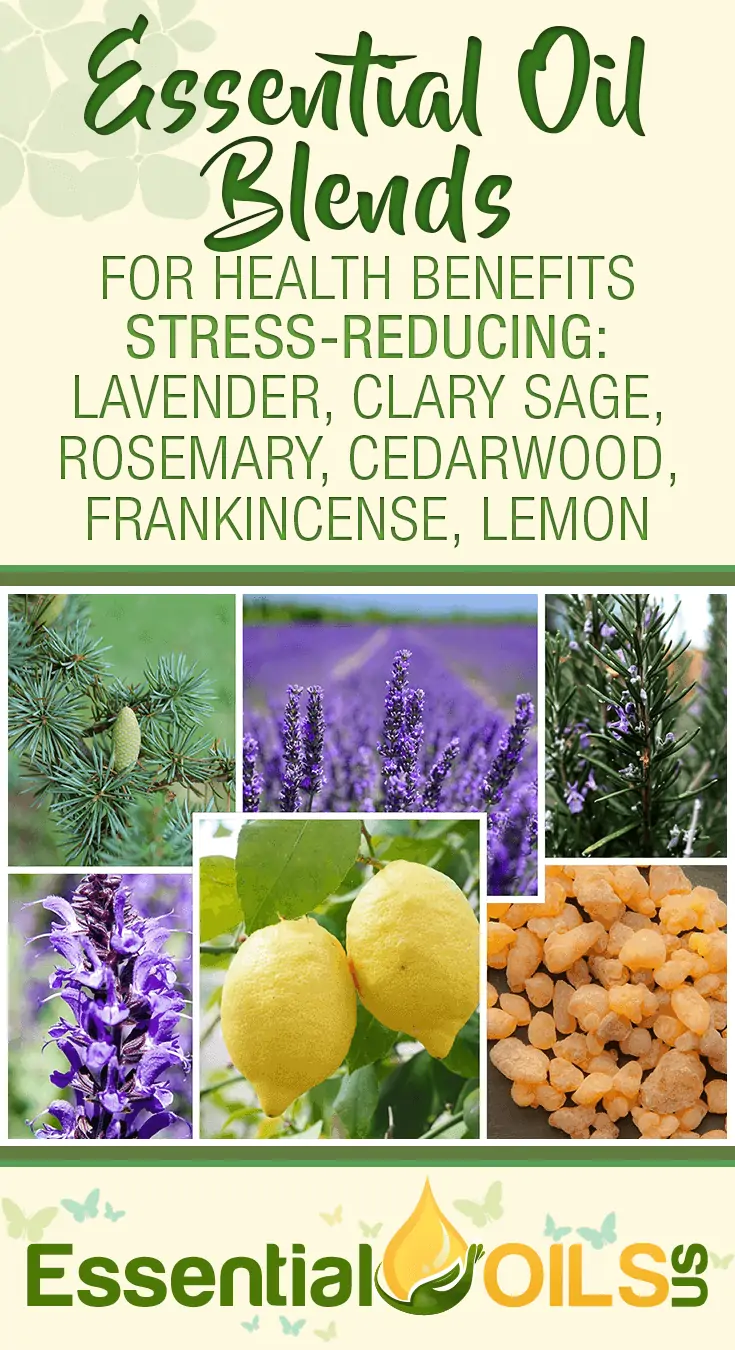
Mood-Boosting and Energizing:
Peppermint, Eucalyptus, Grapefruit, Orange, Lemon, Tangerine
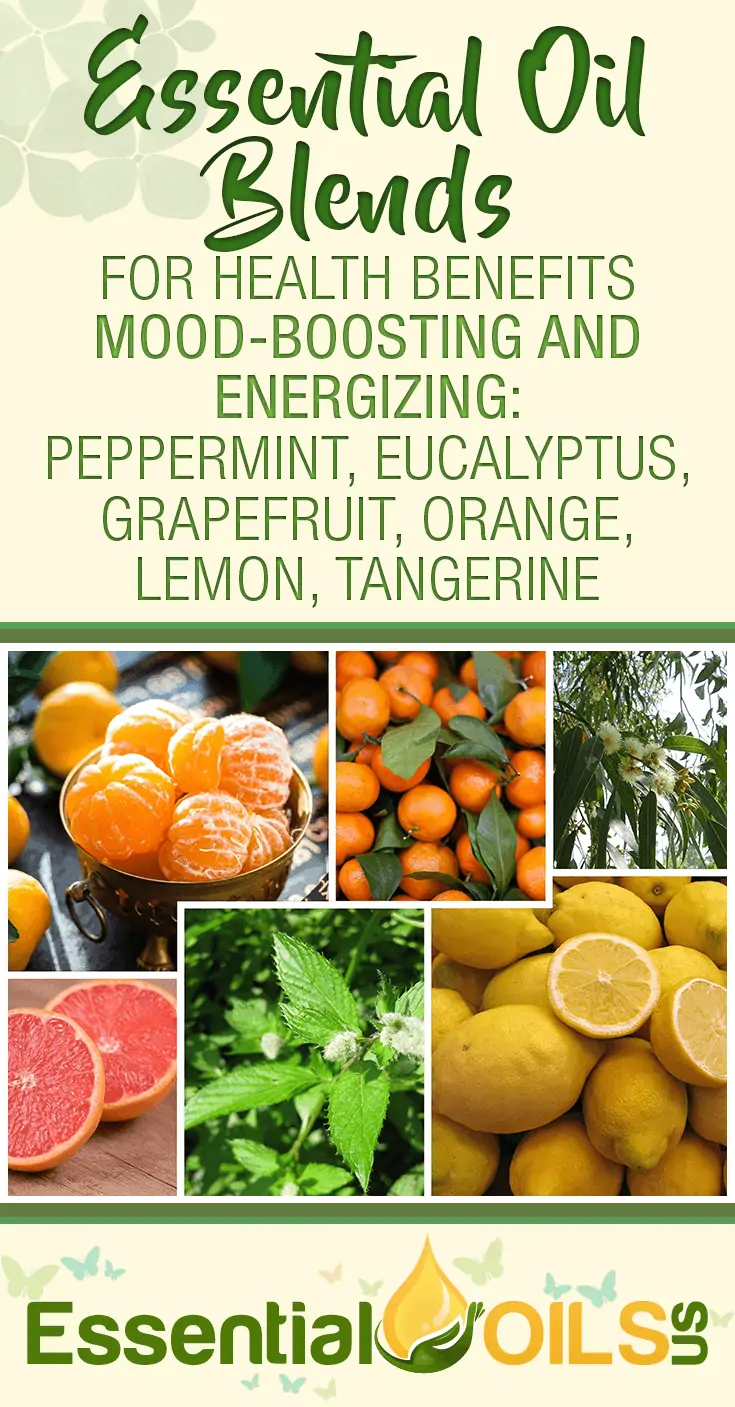
Congestion-Clearing
Eucalyptus, Peppermint, Tea Tree, Oregano
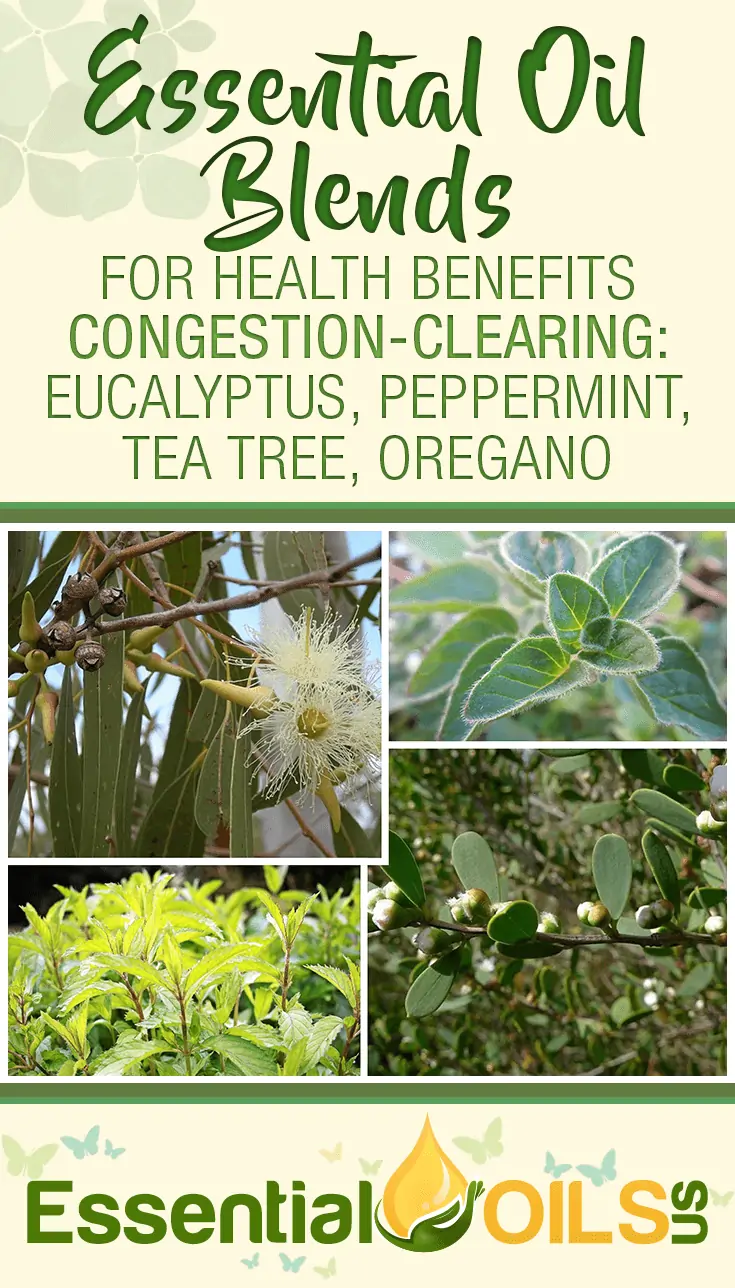
Pain-Relieving:
Clove, Peppermint, Rosemary, Lavender, Eucalyptus, Juniper
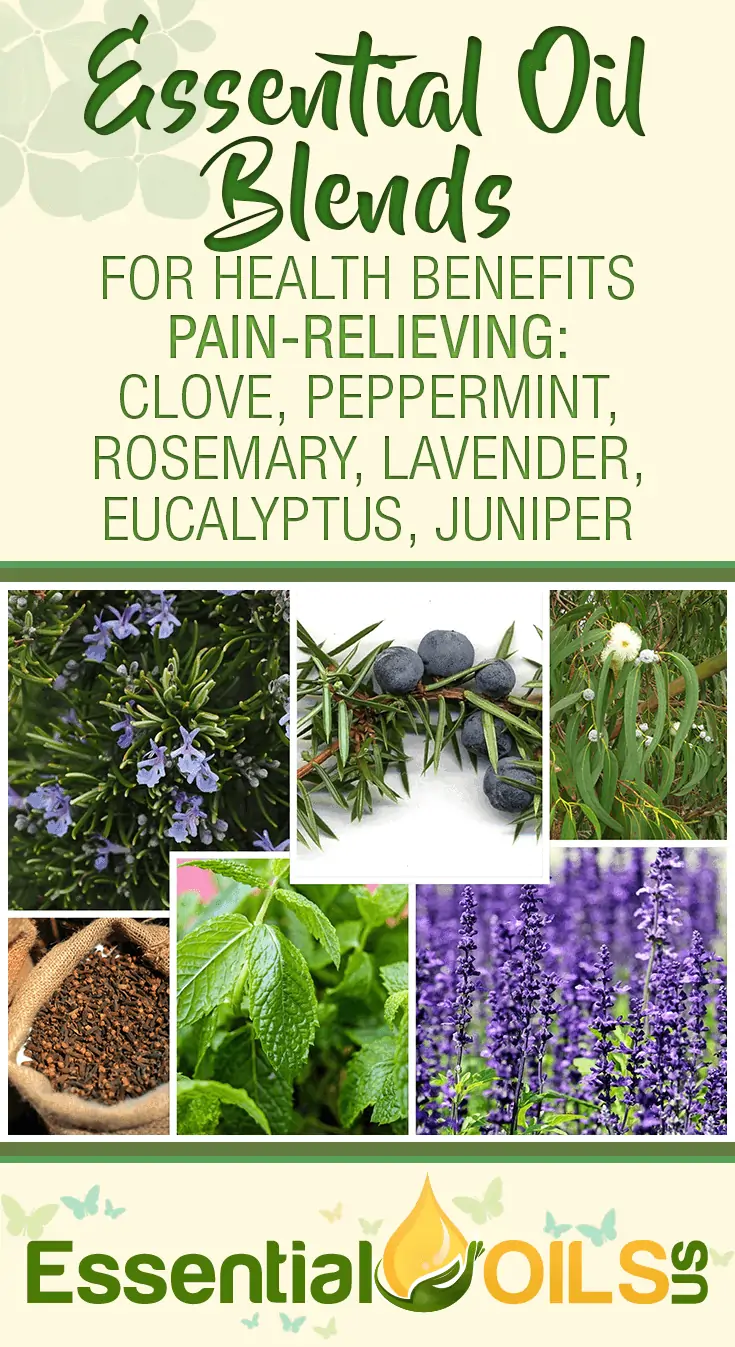
Romance-Boosting:
Patchouli, Rose, Sandalwood, Ylang Ylang
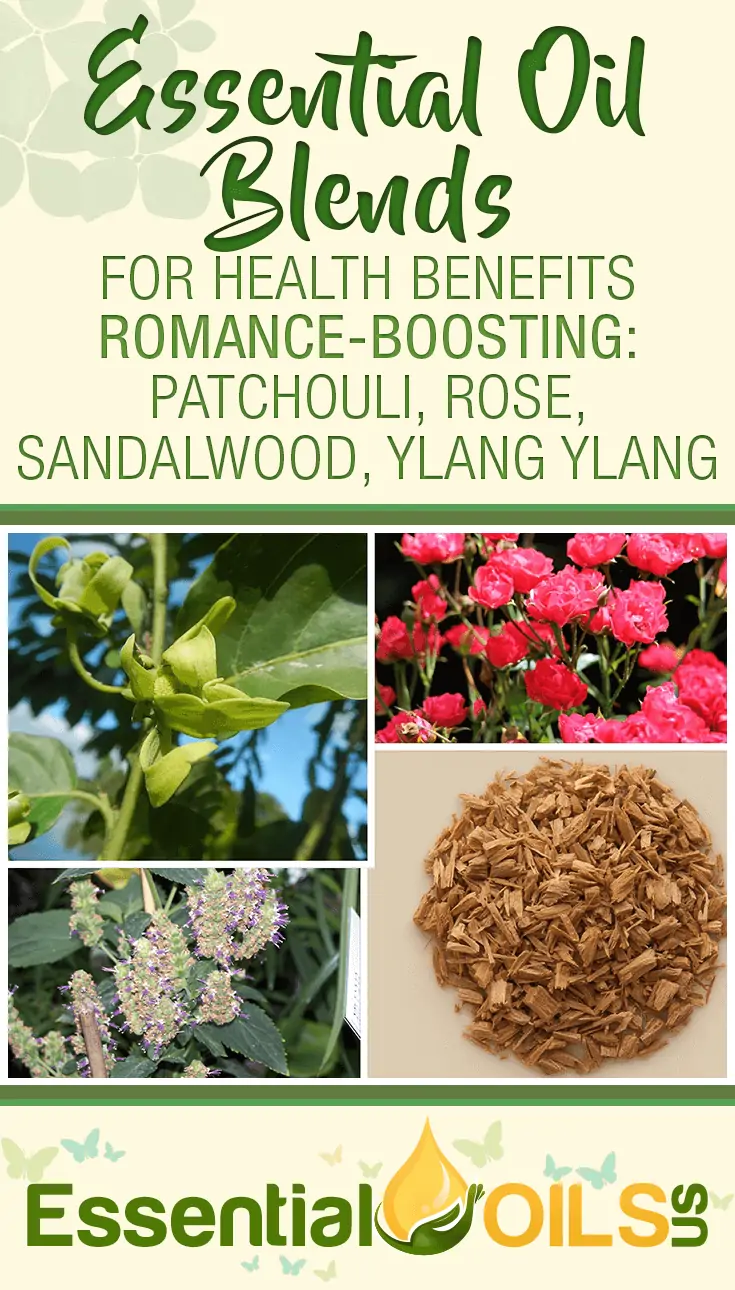
How to Prepare Your Essential Oil Blend
If you want to start mixing oils and bottling your new signature blends, you’ll need to purchase these few items:
- one 10 ml dropper bottle
- one bottle of a carrier oil
- one small funnel that can fit into the mouth of your dropper bottle
- your essential oils that you wish to blend
When creating an oil blend, you want to dilute your essential oils in enough of your carrier oil to keep the essential oils from irritating your skin. For a 10 ml dropper bottle, pour about ten drops total of essential oil into the bottle. Then, place the funnel into the bottle’s mouth and fill the rest of the bottle with your carrier oil. Shake the bottle for about thirty seconds so that all of the oils are mixed together thoroughly. Then, you can get creative by making labels for your various essential oil blends.
[amazon box=”B01LXRN3IH”]
Summary
When it comes to blending essential oils, you should feel empowered to express your creativity. Hopefully, this guide will help you create the perfect blend for your unique needs.

